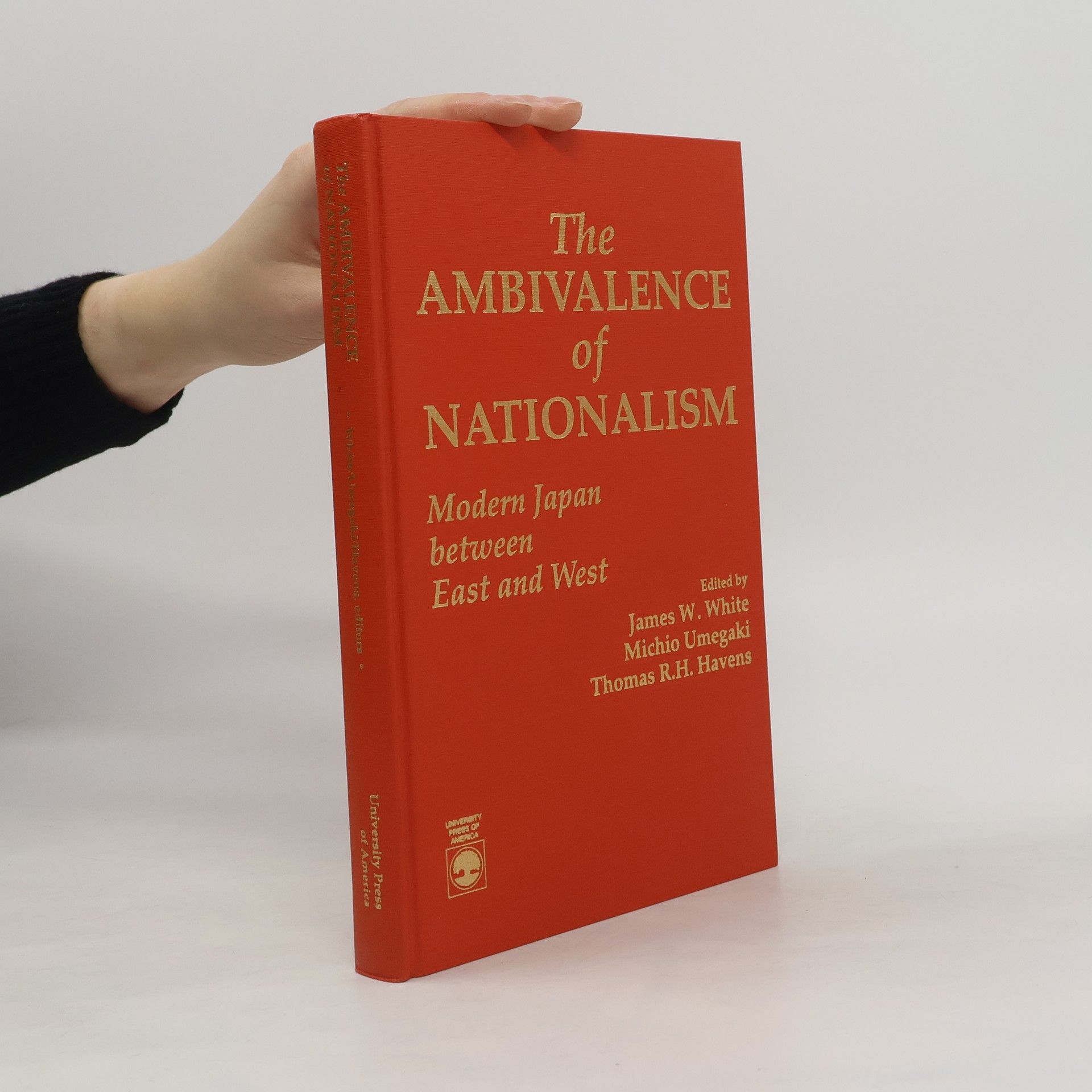This volume traces the manner in which, through perceptions of and interaction with both China and the states of the West, Japan's self-perception as an Asian nation, as a member of the international community, and as a product of its own history and current situation and goals, evolved during the period between mid-19th century and the end of World War II. Rival States on a Loose ReinóThe Neglected Tradition of Appeasement in Late Tokugawa Japan, Building the National Communications SystemóAdopting and Adapting Western Organizational Models in Meji Japan, Meji Japan and the Educational and Language Reforms in Late Ch'ing China, Shimazaki Toson's Before the DawnóHistorical Fiction as History and as Literature, Forecasting a Pacific War, 1912-1933óThe Idea of Conditional Japanese Victory, Japanese Policies and Concepts for a Regional Order in Asia, 1938-1940, Prophet Without HonoróKiyosawa Kiyoshi's View of Japanese-American Relations, Friend or FoeóThe Ambivalent Images of the U.S. and China in Wartime Japan, A Matter of TranscendenceóWar Experiences and the Transformation of Japanese and American Fighter Pilots, EpilogueóNational Identity, National Past, National Isms.
Thomas R. H. Havens Livres
